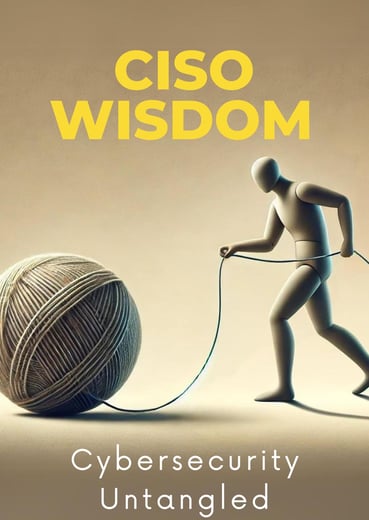
Smart Compliance, Real Security
Because security without strategy is just a guess
Are Cybersecurity & Compliance Challenges Slowing You Down?
Compliance is Confusing
Cloud, SaaS, and remote work expose businesses to threats they don’t even see coming.
Not Enough Security Resources
High Costs & Operational Inefficiencies
Struggling with SOC 2, ISO 27001, HIPAA, or PCI DSS? Unsure how to pass audits and stay compliant?
Security Gaps Keep Growing


Finding enterprise security solutions expensive and time-consuming? Concerned about hidden costs and fragmented security strategies?
Missed Business Opportunities
Losing deals due to compliance gaps
Facing delays in securing partnerships, funding, or enterprise contracts due to security concerns?
Customer Trust Issues
No in-house security team? IT overwhelmed? Need real security expertise?
The Cybersecurity Industry is Broken
And It's Putting Your Business at Risk
At Careful Security, we don’t just check boxes—we take a hands-on approach, combining compliance, security, and risk management to provide real protection for your business.
Startups, Scaleups & Industries We Secure
Why Choose Careful Security


Insights from the Experts: CISO Wisdom
Our book, CISO Wisdom: Cybersecurity Untangled, provides clear, actionable insights for IT leaders, security professionals, and business executives looking to build a stronger, more resilient security program.
⭐⭐⭐⭐⭐ 5-Star Reviews
What You'll Learn:
How to simplify cybersecurity strategy and eliminate complexity
The biggest security pitfalls and how to avoid them
Real-world insights on risk management and data breaches
What Readers Are Saying:
⭐⭐⭐⭐⭐ "A must-read for any IT leader struggling to make sense of cybersecurity. Practical, insightful, and refreshingly clear.”
— Amazon Reviewer
⭐⭐⭐⭐⭐ “Finally, a cybersecurity book that focuses on strategy over scare tactics. Highly recommended.”
— IT Executive
Client Feedback
Sammy and his team at Careful Security was extremely helpful as we sought to assess and improve our cybersecurity posture. Their expertise and experience with complex client environments has been incredibly helpful. Sammy is also open to flexible and innovative approaches. Highly recommended!
Jory Hadsell

Vice Chancellor and Chief Technology Officer
Careful Security is an ideal security partner. They are well-versed in all the security standards and policies. Their deep understanding of the intent of each policy and standard gives him the ability to recommend security actions that are appropriate for each company and product whether small or large, simple or complex. Sammy is my “go-to” guy for anything security-related.

Anita Brearton
Founder/ CEO
★★★★★
★★★★★
Sammy is a consummate individual with a dedication to protecting data. I found him willing and able to jump into projects and work them diligently to completion. I enjoyed overseeing Sammy’s work at Warner Bros.
Edwin Covert

Cybersecurity & Risk Executive
Sammy and his team at Careful Security work closely with our IT and other business teams in close collaboration to identify risks and implement industry-standard security controls. They are experts in the field, knowledgeable, and courteous in their interactions. Recommend them for any organization looking to augment their in-house expertise with a cybersecurity MSSP.

Le Lu
CIO
★★★★★
★★★★★


Too many cybersecurity providers are reactive, offering cookie-cutter solutions that don’t align with your actual risks.
With Careful Security you get a hands-on approach:
Risk-based security improvements, not just generic audits
Real-world compliance implementation, not just recommendations
Actionable security insights—not just another PDF report
If your provider isn't helping you reduce risk and improve security maturity, it’s time to switch. Schedule a free call today.
Is Your Security Provider Just Checking Boxes
No CISO? No Problem.
Get a fractional CISO at a fraction of the cost
Protect your business with strategic cybersecurity leadership.
Assess your current security posture
vCISO guidance without the full-time cost
Implement a cost efficient cybersecurity roadmap
Is your IT team feeling lost without a dedicated CISO?
Get In Touch
Contact us to discuss your cybersecurity needs and how we can help secure your business effectively and collaboratively.
Your All-in-One Cybersecurity Partner
© 2025. All rights reserved.












